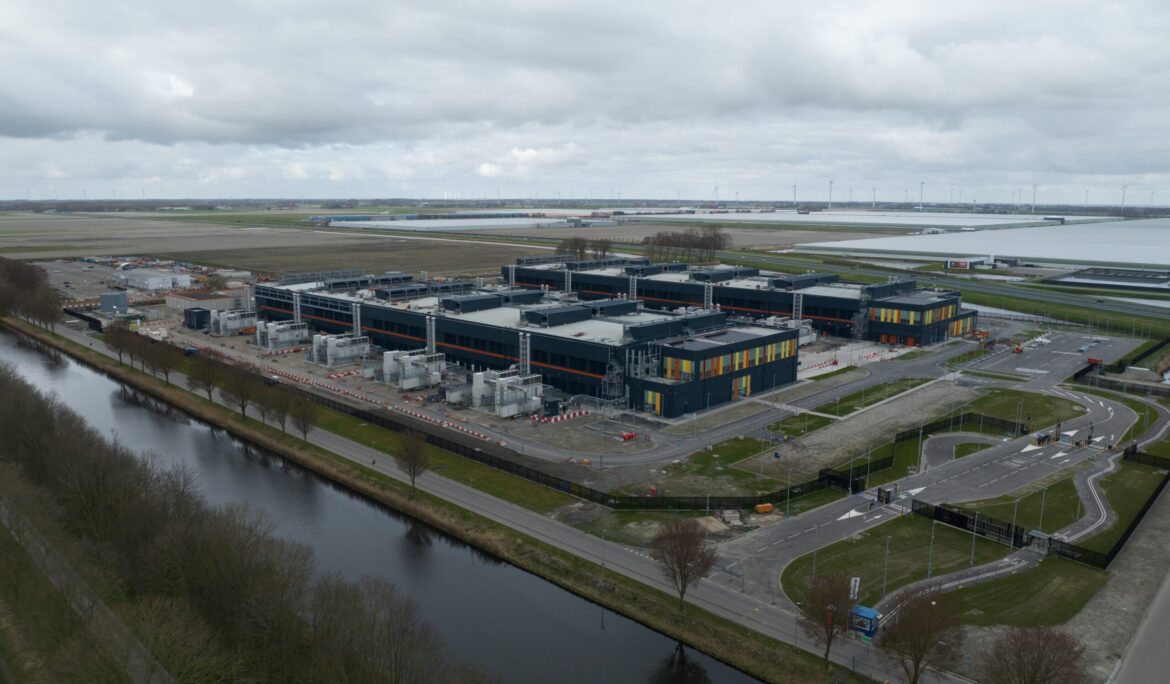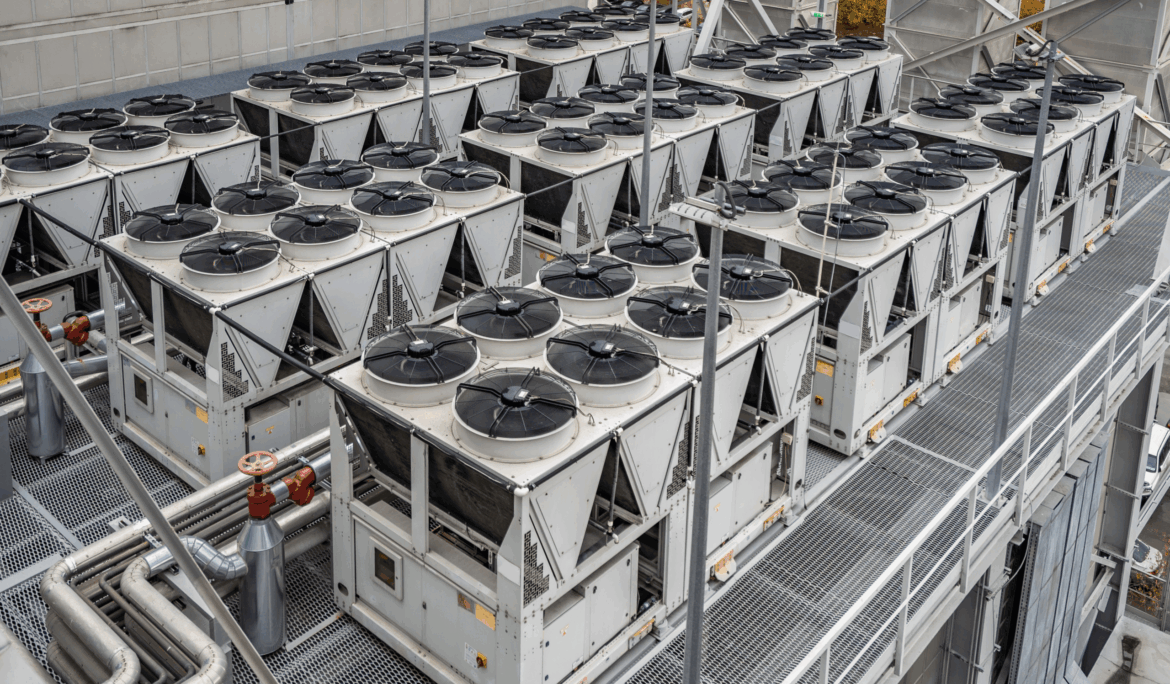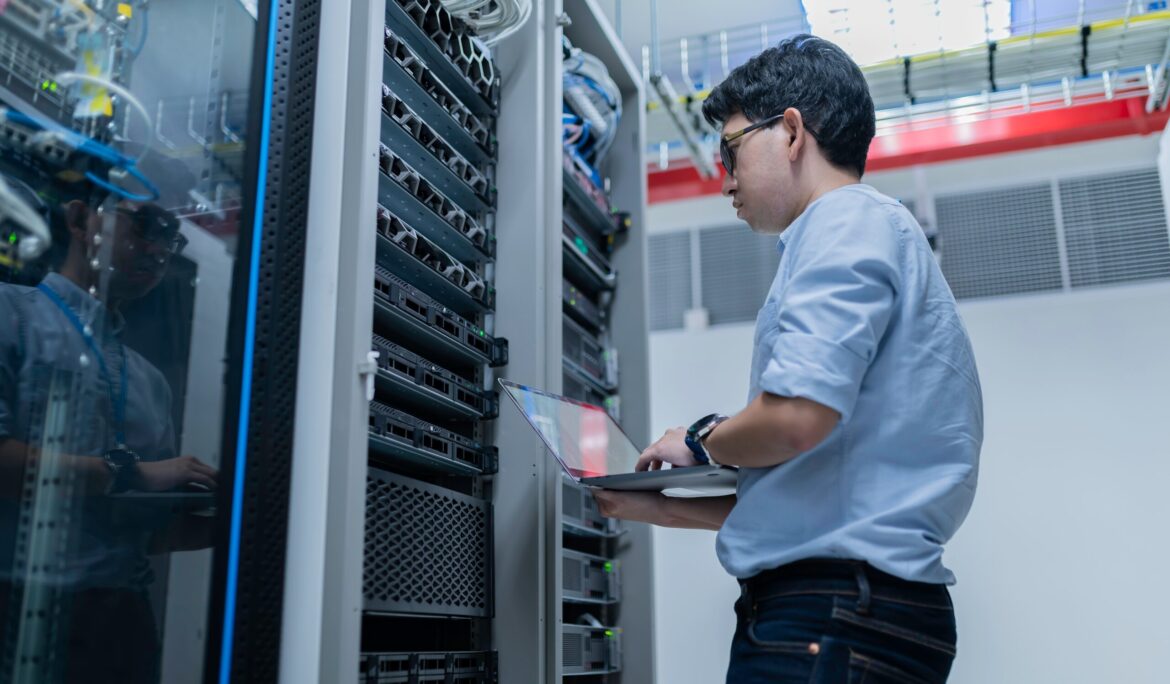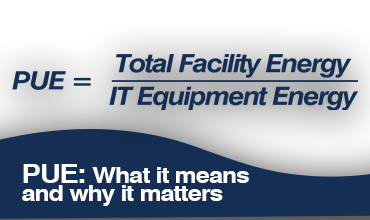Balancing Redundancy with Sustainability to be Both Resilient and Efficient
Data centers run 24/7 and are now caught between the Service Level Agreements that demand 99.999% uptime and the ESG report that scrutinizes every kilowatt of energy used. Meanwhile, your board wants both redundancy and a path to net-zero emissions. Traditional wisdom suggests you can’t have both, as every redundant backup chiller and N+1 configuration pushes you further from sustainability targets. That wisdom is outdated because smart operators are rewriting the rules. They’re already achieving Tier 3 redundancy while driving PUE below 1.3. They’re meeting stringent uptime requirements without sacrificing their sustainability commitments. The old trade-offs no longer apply when …
Water Usage Effectiveness: Quantifying the Impact on Sustainability
Water usage effectiveness (WUE) is a metric introduced to the industry by The Green Grid, a global consortium dedicated to advancing energy efficiency in data centers. Designed to address the global concerns of water scarcity, it measures how efficiently a data center consumes water- a critical measurement for today’s sustainability-focussed landscape. Analysed in conjunction with power usage effectiveness (PUE), the two metrics form an overall picture that allows data center operators to make more impactful decisions that can form part of a meaningful sustainability strategy. Water Usage in Data Centers? The main uses of water in a data center are …
Strategies To Maximize Cooling Efficiency
Cooling accounts for a significant share of data center energy use. Even modest efficiency improvements can lead to meaningful reductions in OPEX and carbon output. While IT hardware is advancing rapidly, cooling strategies often fall behind, hampered by legacy systems, siloed decision-making, and outdated assumptions. Airedale by Modine sees cooling efficiency as a system-level discipline, beginning with thoughtful design and continuing into day-to-day operation. This approach focuses on how components interact, systems scale with demand, and control strategies evolve over time. True efficiency results from aligning infrastructure, intelligence, and intent. Assessing the Efficiency Baseline Before you can improve, you need …
Sustainable Cooling Solutions for High-Density Data Centers
The extraordinary growth of cloud services and AI applications, along with the resultant increase in data processing needs and network traffic, is driving unprecedented demand for data center capacity. According to the global consulting firm McKinsey & Co, total data center capacity could nearly triple by 2030. As data centers strive to meet the growing demand, many operators, particularly hyperscalers, are pushing toward ever-higher rack densities. But increasing rack loads is not without its challenges. As heat loads rise, traditional cooling strategies are insufficient to meet operational and environmental needs. To keep up with data processing demand without compromising sustainability …
Carbon Usage Effectiveness: What It Means and why It Matters
Carbon Usage Effectiveness (CUE) is a metric introduced to the industry to address carbon emissions associated with data centers. Measuring operational carbon usage, CUE specifically measures the carbon emissions of a data center per unit of energy consumed – a critical measurement for today’s sustainability-focussed digital landscape. The metric has been introduced to the industry by The Green Grid, a global consortium dedicated to advancing energy efficiency in data centers. Working in conjunction with the ISO standard ISO/IEC 30134-8, CUE is widely viewed with importance when it comes to defining the carbon usage of a data center. What does CUE …
Power Usage Effectiveness: What It Means and Why It Matters
Power Usage Effectiveness (PUE) is a fundamental metric for measuring how efficiently a data center consumes energy – especially crucial in today’s cloud-first, energy-conscious IT landscape. At its core, PUE is the ratio of a data center’s total energy consumption to the energy consumed by its IT equipment: PUE = Total facility energy / IT equipment energy A PUE of 1.0 represents the ideal – where every watt of energy supports computing, with none lost to cooling, lighting, or overhead. In the real world though, data centers require additional power to keep servers at optimal conditions, pushing PUE above 1.0. …
After Adiabatics: How can Data Centres Respond to the Climate Crisis?
With great power comes responsibility. A recent report suggests that by 2025, data centres will consume one-fifth of all the electricity in the world. …
















